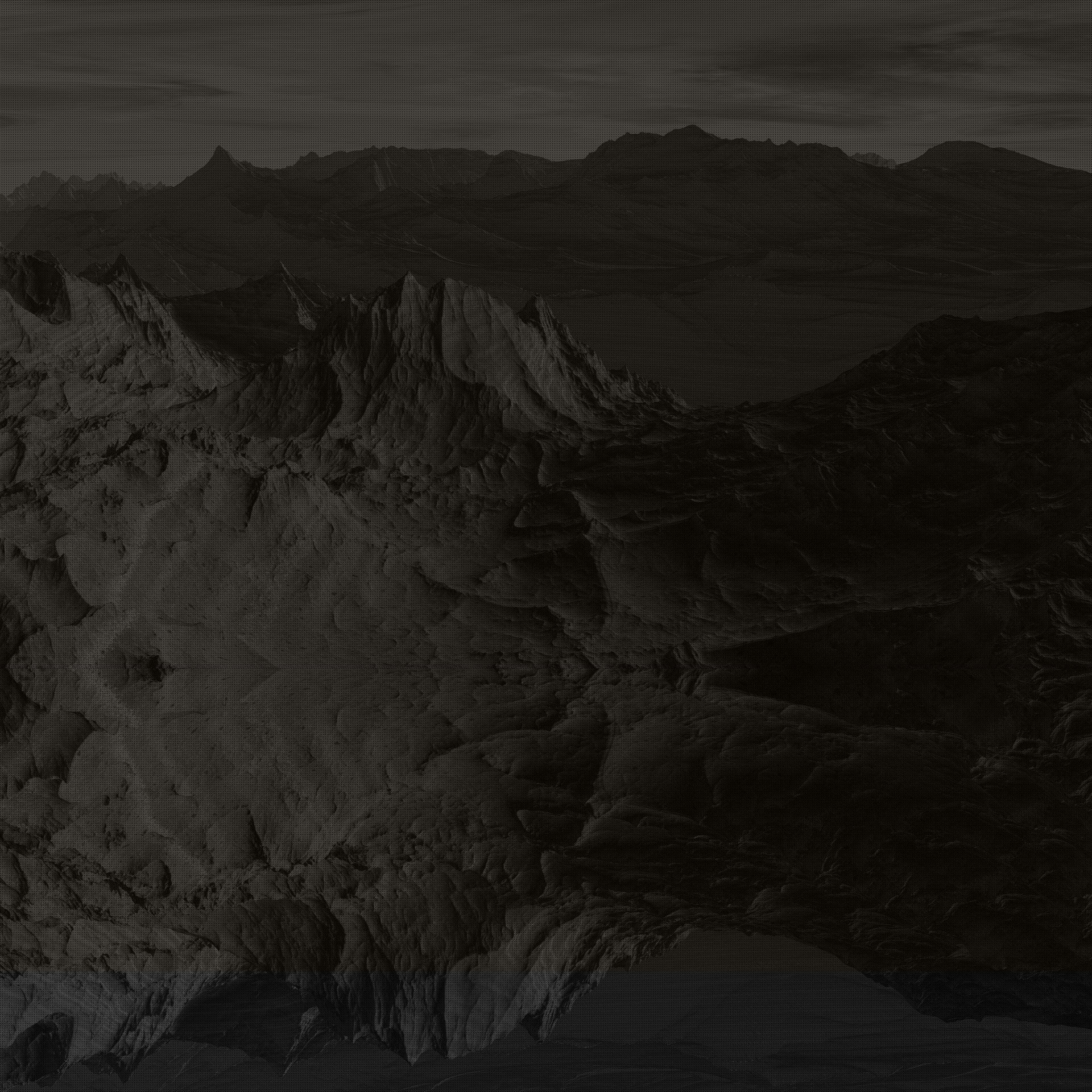Lighting and Shading - Day 49
- Jessica Lamb
- Sep 22, 2022
- 2 min read
Thursday 21st April 2022
So today at college we learned about lighting and shading. shading in CG is derived from the interplay of light and surface qualities. There is light fall off which is the inverse square law. The light softness depends of the relative size of the light from the objects POV. But it is mostly seen in the shadows. Albedo is the proportion of light reflected by a surface and varies across a spectrum. The lighting we use in CG as we use diffuse = Lambertian, Lnorm . Nnorm = cos b. The Oren-nayar model introduces a roughness parameter so that it is more accurate for retro-reflecting surfaces like the moon for example. BRDF A.K.A bidirectional reflectance distribution function. Empirical values are measured with a goniophotometer which is a vast database. Analytical BRDFs are not 100% accurate as they are too simple and have a practical solution instead. The index of refraction is defined as the speed of light in a vacuum divided by the speed of light in a medium (IOR). However, advanced IOR is N and K, an absorption IOR coefficient = O for dielectric materials which is primarily for metals. Since, Metals take on the specular colours of the light. You can look up these different examples online. Bidirectional subsurface sub-scattering reflectance distribution A.K.A BSSRDF. Sub-surface scattering models try to account for the transulancy present. For example, like in milk, wax or skin. Physically based rendering is extremely popular. The Monte Carlo method of raytracing accounts for all global illumination. For example, all the ambient light that bounces off is in the scene. Then, it adheres to a model of energy conservation and all the light energy is realistically accounted for and that included light fall off and absorption. The most popular shading material is BRDF is the diffuse with the Oren-nayar model with roughness control. Reflection with roughness control to distinguish glossy vs specular look. Metalness/IOR : metal VS electric materials reflections and sub-surface scattering.





Comments